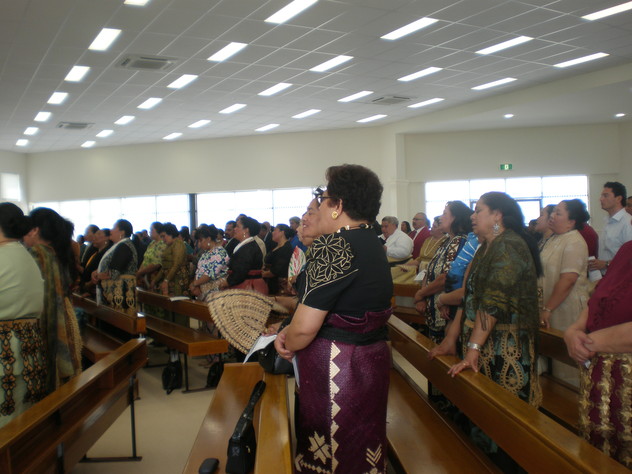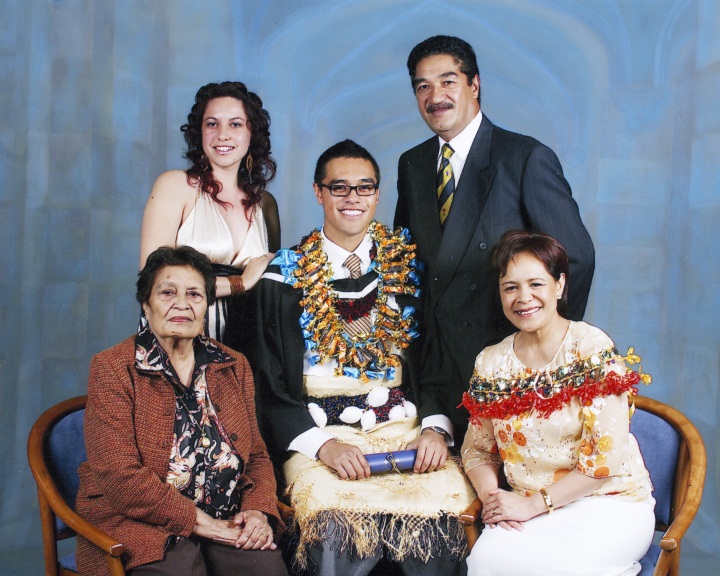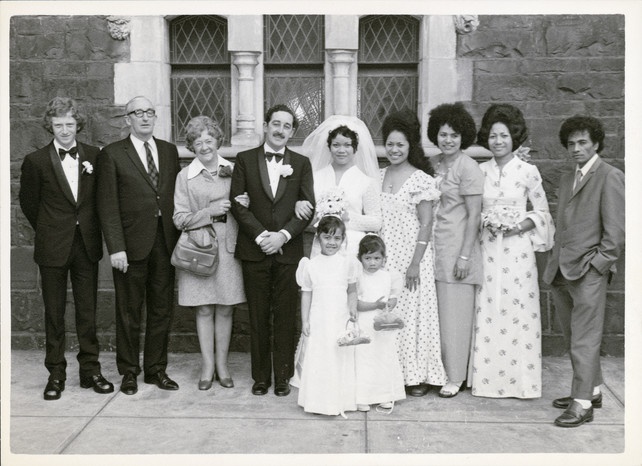Immigration History from Tonga (Tongan) to Victoria
Ko e fuofua lēkooti ‘o Tonga ko ha feitu’u fā’ele’i’anga, ‘i he tohi-kakai ‘a Vikatoliá, ko hono ngāue’aki ‘a e hingoa ‘’Otu Motu Anga’ofá’ (The Friendly Islands), na’e foaki ‘e Kapiteni James Cook koe’uhi´ ko hono talitali anga’ofa ia ‘i he’ene fuofua folau ki ai ‘i he 1773. Hili e meimei ta’u ‘e 100 mei he fetaulaki ko iá ne lēkooti ‘i he tohi-kakai ‘a Vikatōliá ‘i he 1871 ‘a e toko 12 ko e hako ‘o honau tupu’angá, na’a nau nofo ‘i Vikatōlia.
Ne tupu māmālie hake ‘a e fika ko’eni´ ‘i he ta’u ‘e 60 hono hokó ki he kau Vikatōlia na’e fa’ele’i ‘i Tonga ‘e toko 32 ‘i he 1947. Me’apangó ne li’aki ‘a Tonga ko ha feitu’u fa’ele’i’anga, ‘i he lēkooti tohi-kakai ‘a Vikatōliá ‘i he ta’u ‘e 20 hono hokó. ‘I he toe ‘asi ‘a e tu’unga ko’eni´ ‘i he 1971, na’e mahino na’e tupu ‘a e komiunitii´ ‘i hono lēkooti ‘a e kau Vikatōlia fā’ele’i ‘i Tonga ‘e toko 80.
Mei he taimi ko’eni´ na’e tupu tokolahi ‘a e hiki mai mei Tongá. ‘I he a’u mai ki he 1981, na’e toko 300 ‘a e kau Vikatōlia na’e fā’ele’i ‘i Tongá. Na’e laka hake ‘i he liunga ua ‘a e fika ko’eni´ ‘i he ta’u ‘e 10 hono hokó ‘i he toko 821 ‘a e kau Vikatolia na’e fā’ele’i ‘i Tonga na’e lēkooti ‘i he tohi-kakai ‘o e 1991. ‘I he ‘aho ni´, ko e tokolahi taha ‘o e kakai Tonga hiki fonua mai´ ‘oku fakatefito ia ‘i he tu’unga ‘o e fāmili fakatokolahi´. Ko e mālohi mo e vave ko’eni´ na’e toe fakamālohi’i’aki ia ‘a e fokotu’u ‘o ha ‘ofisi ma’u’anga visa ‘Aositelēlia ‘i Tonga ‘i he 1996.
‘I he 2011 na’e laka hake ‘i he toko 1446 ‘a e kakai Vikatolia na’e fā’ele’i ‘i Tongá. Ko e meimei pēseti ‘e 82 ‘o e koimiunitii´ ‘i he ‘aho ni ‘oku nau kei lea fakaTonga pē ‘i ‘api pea ko e tokolahi tahá ko e kau Kalisitiane ‘o laka hake ‘i he pēseti ‘e 30 ‘oku nau kau ki he Siasi Fakatahatahá. Ko kinautolu ko ē ‘oku nau kau ‘i he kau ngāué ko e pēseti ‘e 16 ai ‘oku nau kau ‘i he ngāue faka-pulé pe fakapolofesinalé, pēseti ‘e 9 ‘i he ngāue fakakomiunitii´ mo e tafa’aki ‘o e ngāue fakataautahá, pea pēseti ‘e 4 ‘i he ngaahi ngāue fakaleipá. ‘Oku tokolahi ‘a e kakai Tonga ‘oku nau omi mei ha ‘ātakai mālohi ‘i he ngoué, pea ko e pēseti ‘e 10 ‘o e tokolahi ‘o e kakai´ ko e kau ngāue faama mo e kau ngāue ngoue.
‘Oku tokolahi ‘a e kakai Tonga kuo nau nofo ‘i he ngaahi feitu’u pule’anga fakakolo ki ‘uta ‘o Mildura mo Swan Hill mo e ngaai senitā fakakolo ‘o Brimbank, Wyndham mo Maribyrnong. Kimui ni mai tahá, ne ha’u e kau Tonga ki Vikatōlia ‘i he polokalama ngāue mei he ‘Otu Motu Pasifiki´ ‘a ia ‘oku ‘omai ai ‘a e kau ngāue fakafa’ahita’u ki he ngaahi feitu’u ki ‘uta ‘o Vikatōliá. ‘Oku fakahoko ngāue ki he komiunitii´ ‘a e Polokalama Lea FakaTonga ‘a e SBS pea poupou’i ‘e he ngaahi kautaha ‘a e siasi´.


